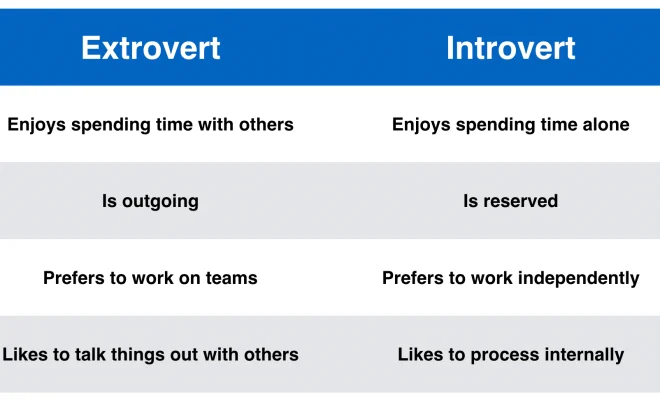Solar Panels vs. Tesla Solar Roof: The Key Differences

Introduction:
Solar power is becoming increasingly popular as a renewable energy source for homeowners. The two main options emerging on the market today are conventional solar panels and Tesla’s innovative Solar Roof. Choosing the right solar solution can be a difficult decision. Hence, understanding their key differences might help you determine which option is best suited for your needs.
1. Design and Aesthetics:
One significant distinction between solar panels and Tesla Solar Roof lies in their design and aesthetics. Conventional solar panels are mounted on top of your existing roof, often creating an uneven appearance. Conversely, Tesla’s Solar Roof consists of sleek, integrated solar shingles that replace your existing roofing material, resulting in a seamless look that blends with your house’s architectural design.
2. Cost:
Cost is another crucial factor to consider when comparing the two technologies. Solar panels are usually cheaper upfront as they can be added to your existing roof structure. However, prices vary based on factors such as panel efficiency and brand reputation.
On the other hand, installing a Tesla Solar Roof typically involves replacing the entire roof structure and integrating the solar components into the shingles, ensuring long-lasting durability and energy production. Though this option may have higher initial expenses, it can prove to be more cost-effective in the long run if you factor in roof replacement costs.
3. Energy Efficiency:
The efficiency of a solar system refers to its capacity to convert sunlight into usable energy. Solar panels come in various types, with efficiency ranging from 15% to 23%. Despite being relatively new technology, Tesla Solar Roof has comparable efficiencies to high-end solar panels.
4. Installation Process:
Installing solar panels is typically quicker than a Tesla Solar Roof installation since it does not involve full roof replacement. A professional installer can add solar panels onto your existing roofing structure within a few days.
Tesla’s Solar Roof installation tends to be more complex because it requires the removal of your old roof and the installation of new solar shingles. This process may take longer, but the result is a seamlessly integrated, weather-resistant solar solution.
5. Lifespan and Warranty:
Solar panel warranties often range from 10 to 25 years, depending on the manufacturer. Owing to their design and mounting techniques, solar panels might not outlast your existing roof, requiring replacement or maintenance eventually.
On the other hand, Tesla’s Solar Roof has an impressive lifetime warranty for the tile structure and a 25-year warranty for power output and weatherization. Consequently, Tesla Solar Roofs are built to outlast traditional roofing materials while maintaining optimal performance throughout their lifespan.
Conclusion:
When comparing solar panels and Tesla Solar Roof, it’s vital to consider factors such as aesthetics, cost, efficiency, installation time, and warranty. While conventional solar panels might have lower initial costs and quicker installation timelines, Tesla’s innovative Solar Roof can provide a more long-lasting solution with seamless design integration.
Ultimately, you will need to weigh these factors based on your specific needs and preferences to determine which option is best for you. Regardless of your choice, both options contribute to a sustainable future using renewable energy sources.


